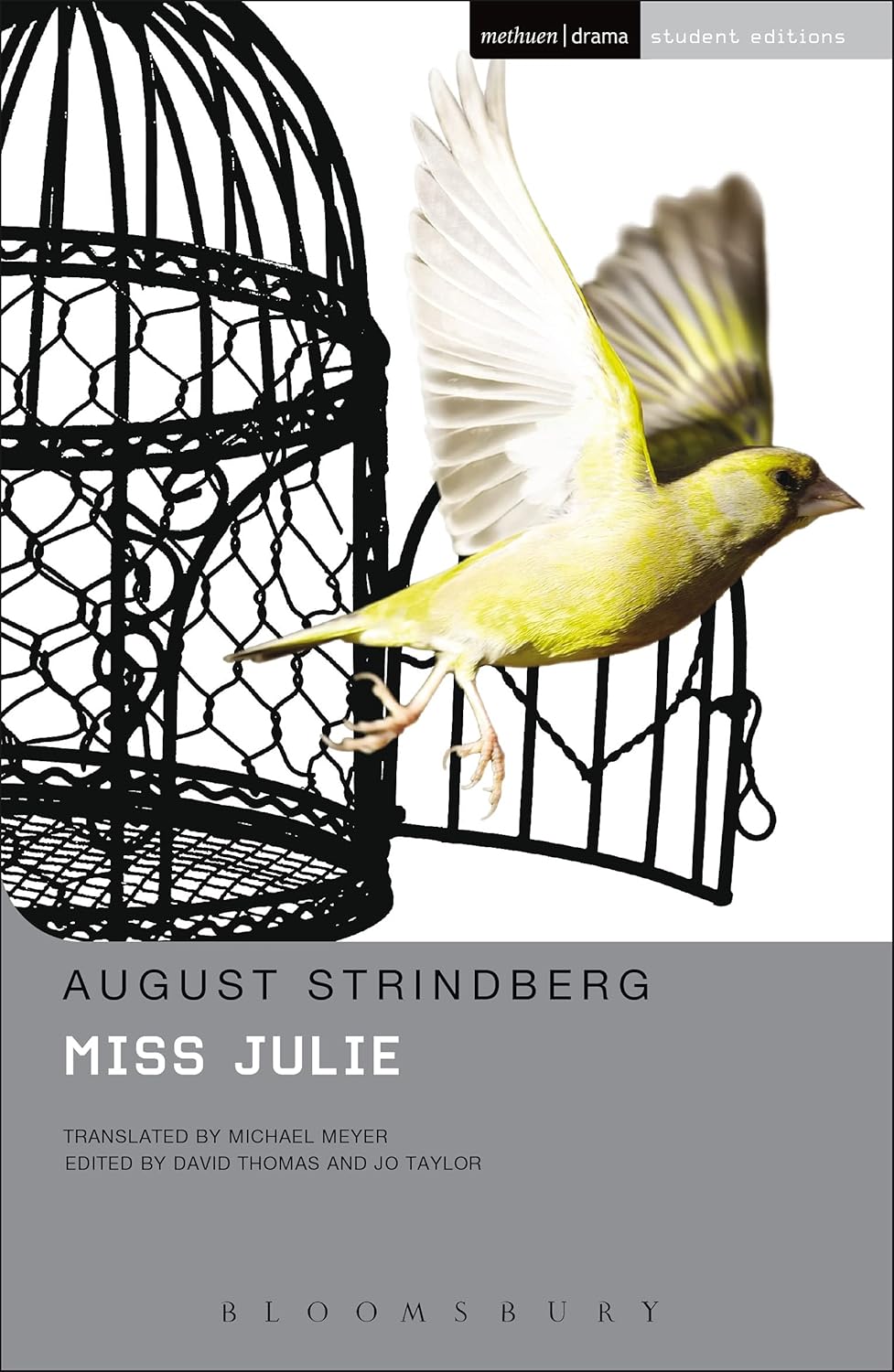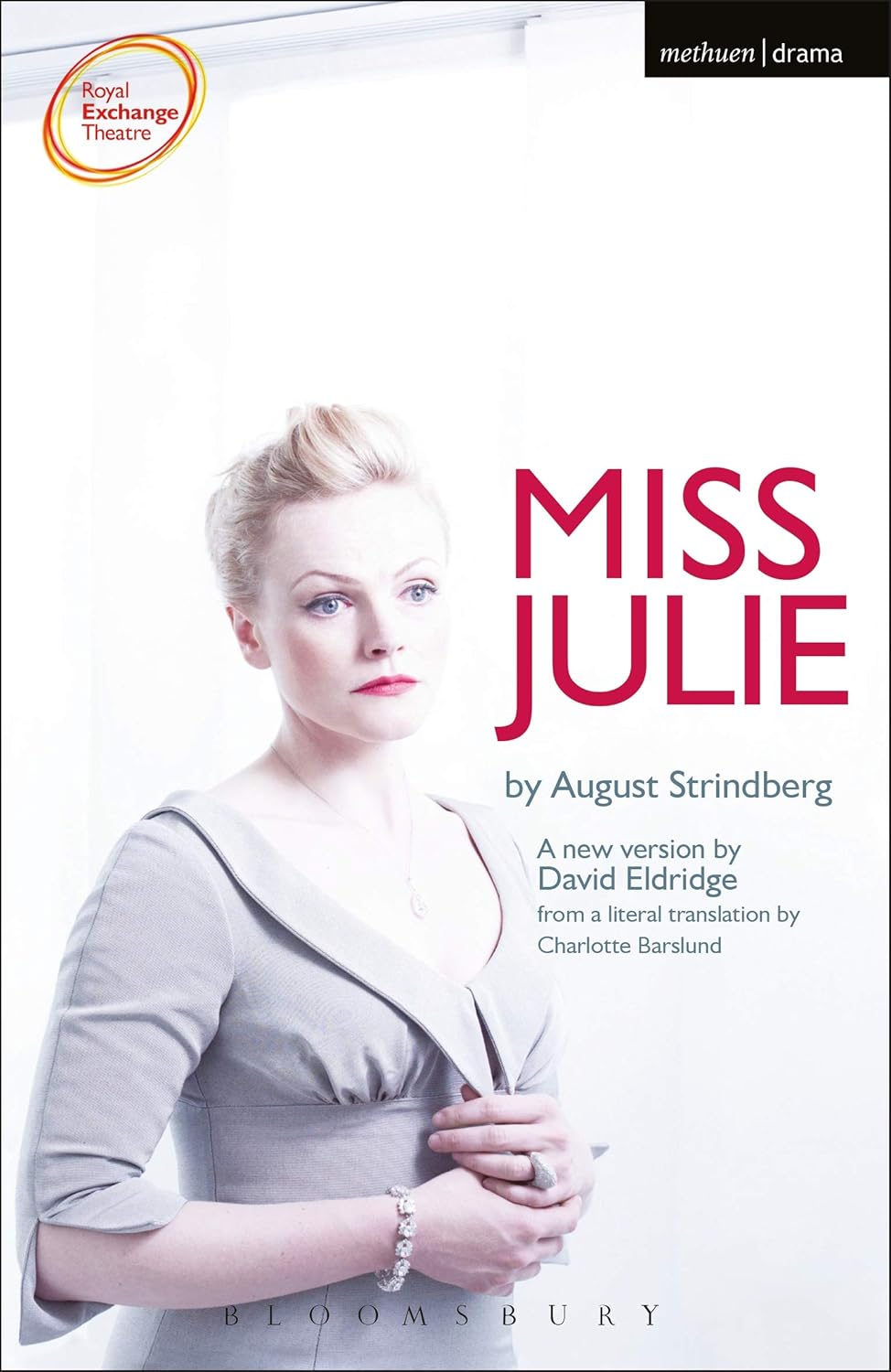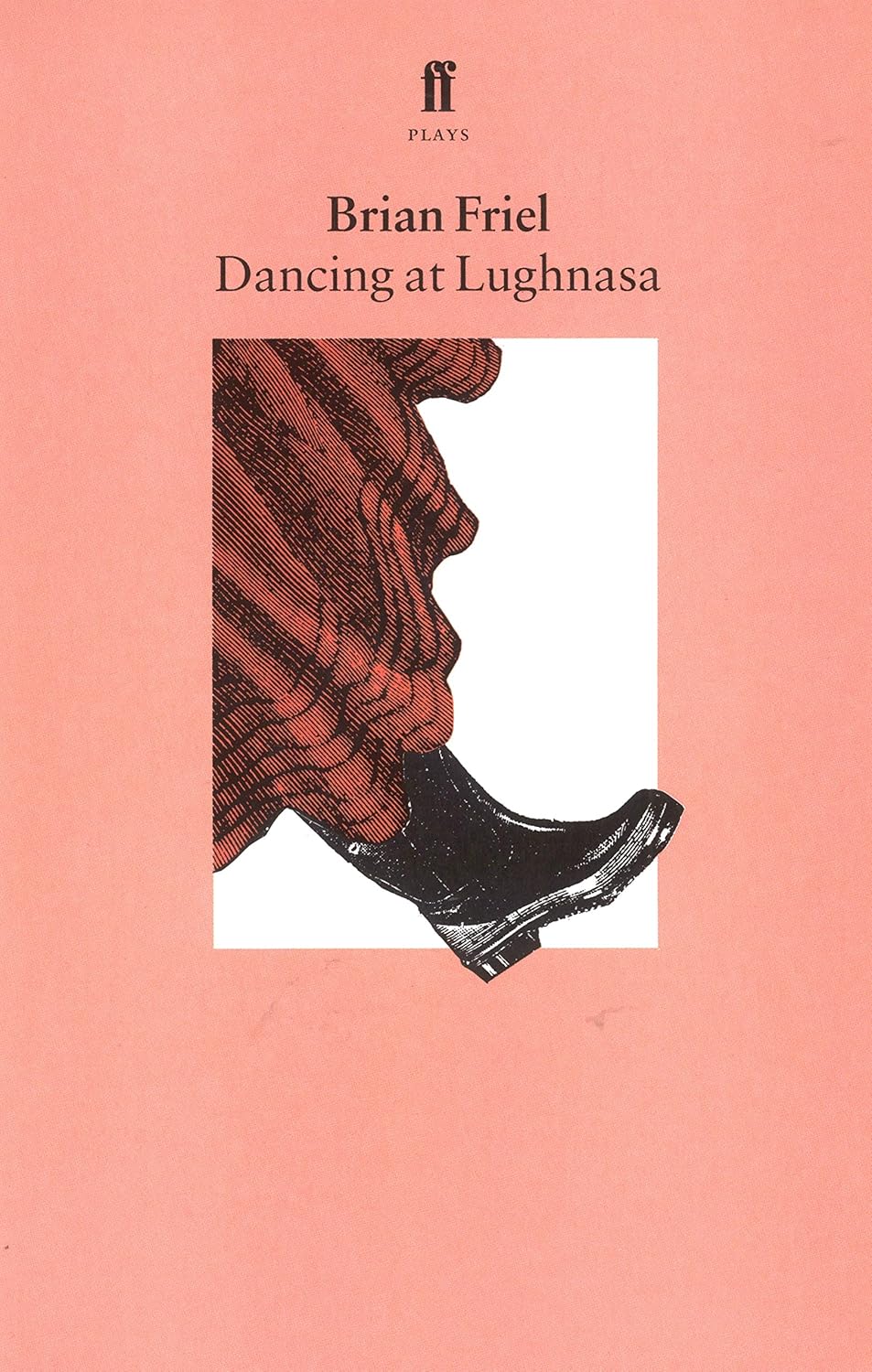A Naturalistic Masterpiece of Class, Gender, and Power
The midsummer night’s festivities are in full swing, and in the kitchen of a Swedish count’s estate, something dangerous is brewing. A nobleman’s daughter dances with her father’s valet, while her fiancé is nowhere to be seen. By morning, lives will be irreparably changed. August Strindberg’s “Miss Julie” (1888) remains one of theater’s most searing explorations of class, gender, and the destructive power of sexuality – a play that shocked its first audiences and continues to challenge our assumptions today.
Quick Facts
- First performed: 1889 at the Copenhagen University Student Union
- Original title: Fröken Julie
- Runtime: Approximately 90 minutes
- Structure: One act, continuous action
- Setting: Count’s estate kitchen, Midsummer’s Eve
- Notable adaptations: Patrick Marber’s “After Miss Julie” (1995), Mike Figgis’s 1999 film
Just want to read the play?

Michael Robinson’s translation
Includes other plays such as The Father, A Dream Play, The Ghost Sonata, and The Dance of Death

Michael Meyer’s translation – Student Edition
Contains annotations and useful contextual information, as well as a critical essay.

David Eldridge’s translation
Contemporary but faithful to the original, and combines accessibility with fluency.
Free version? Try the version on Project Gutenberg: https://www.gutenberg.org/ebooks/14347
Historical Context
Written during the nascent women’s rights movement and amid growing class tensions in Europe, “Miss Julie” emerged from a period of radical social change. Strindberg composed the play during his naturalistic period, influenced by both Charles Darwin’s theories of natural selection and Émile Zola’s naturalistic novels. The play’s premiere coincided with increasing challenges to the traditional aristocracy and growing debates about women’s place in society.
The Midsummer’s Eve setting is crucial – a pagan celebration when Swedish social norms traditionally relaxed, making the unthinkable briefly possible. This festival of fertility and temporary social inversion provides the perfect backdrop for Strindberg’s exploration of class boundaries and sexual tension.
Plot Overview
On Midsummer’s Eve, Miss Julie, the count’s daughter, enters the kitchen where Jean, her father’s ambitious valet, and Kristin, the cook and Jean’s informal fiancée, are working. While Kristin sleeps, Julie and Jean engage in a dangerous flirtation that evolves into a complex power struggle. Their overnight liaison triggers a series of events that leads to Julie’s psychological deterioration and ultimate fate.
The play unfolds in real-time, maintaining Strindberg’s commitment to naturalism. The action never leaves the kitchen, yet we hear reports of the festivities outside, creating a claustrophobic atmosphere that intensifies the psychological drama within.
Themes & Analysis
Class Warfare
The kitchen setting itself becomes a battlefield where class distinctions simultaneously break down and reassert themselves. Jean moves fluidly between aristocratic sophistication and crude peasant manners, while Julie’s attempts to transcend her class lead to her destruction. Strindberg masterfully shows how class identity is both performed and internalized.
Gender Politics
Strindberg’s treatment of gender remains controversial. Julie’s “hysteria” and eventual downfall reflect both the period’s misogynistic attitudes and legitimate criticisms of aristocratic decadence. Modern productions often wrestle with the play’s complex sexual politics, finding new resonance in its exploration of gender roles and power dynamics.
Naturalism vs. Symbolism
While Strindberg championed naturalism, the play contains powerful symbolic elements: Julie’s caged finch, her mother’s burning estate, the rising sun. These symbols elevate the personal tragedy to a broader social commentary.
Revolutionary Elements
“Miss Julie” broke new ground in several ways:
- Continuous action without scene breaks
- Psychological complexity of characters
- Frank treatment of sexuality and class
- Integration of heredity and environment in character motivation
- Use of servant characters as protagonists
Cultural Impact
The play helped establish naturalism in theater and influenced generations of dramatists, from Eugene O’Neill to Tennessee Williams. Its frank discussion of sexuality and class continues to resonate, while its psychological complexity makes it a favorite for actors and directors seeking challenging material.
Staging & Performance
The play’s single setting and small cast make it popular with theater companies, but its psychological demands challenge even experienced performers. Notable productions include:
- Alf Sjöberg’s groundbreaking 1951 film version
- Michael Meyer’s influential 1962 London production
- Liv Ullmann’s 2014 film adaptation starring Jessica Chastain
Reading Guide
Best Translations
- Michael Meyer (most poetic)
- Kenneth McLeish & Stephen Mulrine (most accurate)
- David French (most performable)
Reading Tips
- Pay attention to the detailed stage directions
- Note the characters’ shifting linguistic registers
- Watch how power dynamics fluctuate throughout
- Consider the offstage action’s importance
Contemporary Relevance
Modern audiences find numerous parallels in “Miss Julie”:
- Sexual harassment and power dynamics in the workplace
- Class mobility and social aspiration
- Gender roles and societal expectations
- Mental health and societal pressure
- The impact of family dysfunction on personal development
Discussion Questions
- How do Julie and Jean use sexuality as a weapon?
- What role does Kristin play in the power dynamic?
- Is Julie’s fate inevitable given her circumstances?
- How do modern class distinctions compare to those in the play?
- What responsibility does Jean bear for the tragedy?
Fun Facts & Trivia
- Strindberg wrote his famous preface to the play after it was banned in Sweden
- The play was inspired partly by Strindberg’s own unhappy marriage
- The real-time format was revolutionary for its time
- Strindberg specified that the actors should not face the audience when speaking
- The original production used real kitchen implements and food
Conclusion
“Miss Julie” remains a masterpiece of psychological realism and a cutting social critique. Its exploration of class, gender, and power continues to resonate with modern audiences, while its technical innovations influence contemporary theater. Whether approached as a historical document or a living drama, it offers insights into human nature that remain startlingly relevant.
Additional Resources
- “Strindberg: A Life” by Sue Prideaux
- “Miss Julie and Other Plays” (Oxford World’s Classics)
- “Playing Strindberg” documentary
- The Strindberg Museum in Stockholm
Note: For theater companies and educational institutions, various versions of the script are available through major play publishers. The play is in the public domain in most countries.





Leave a Reply